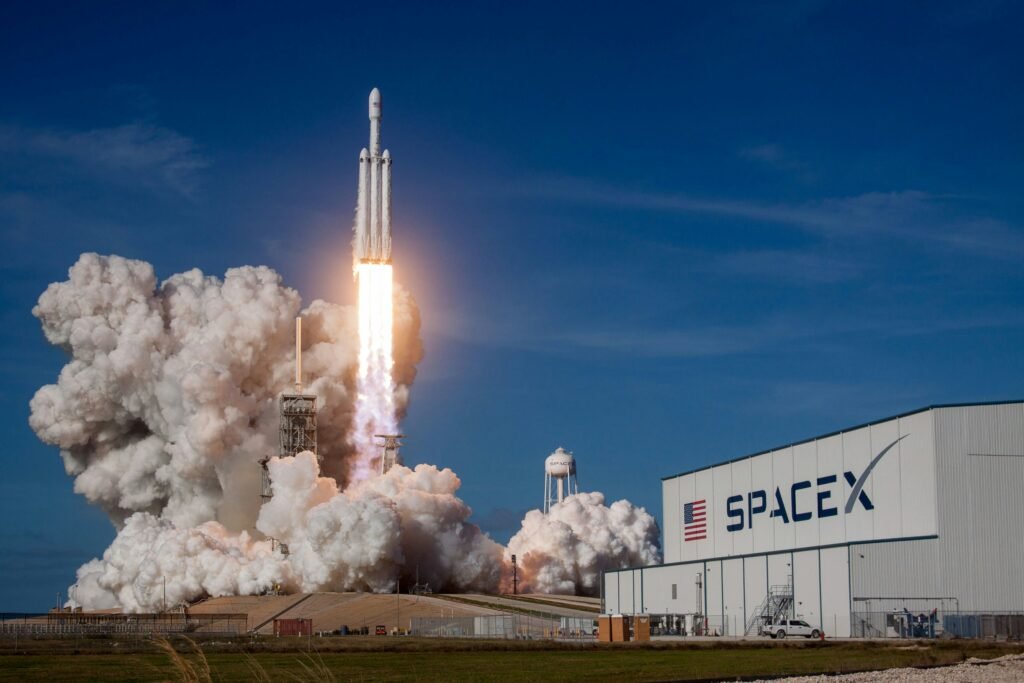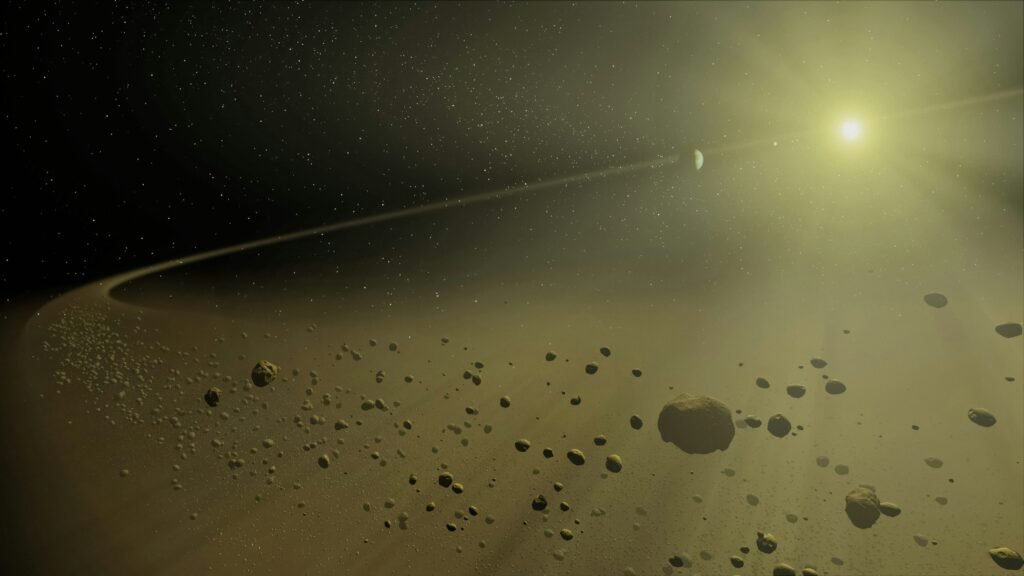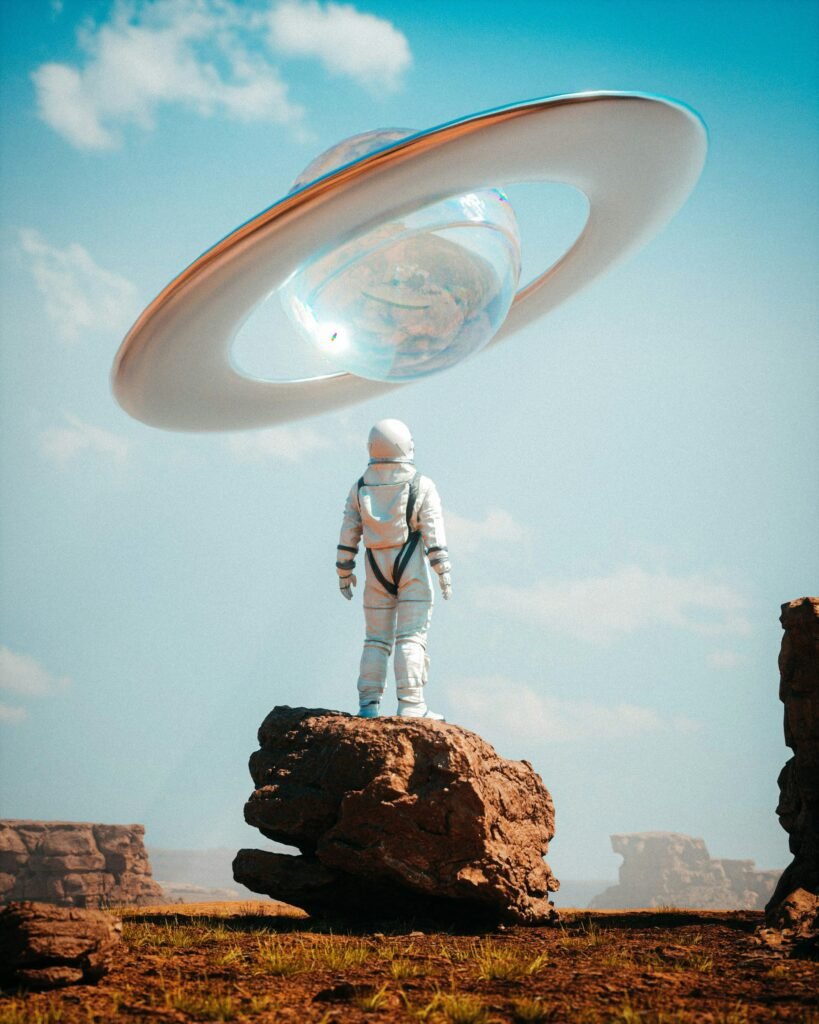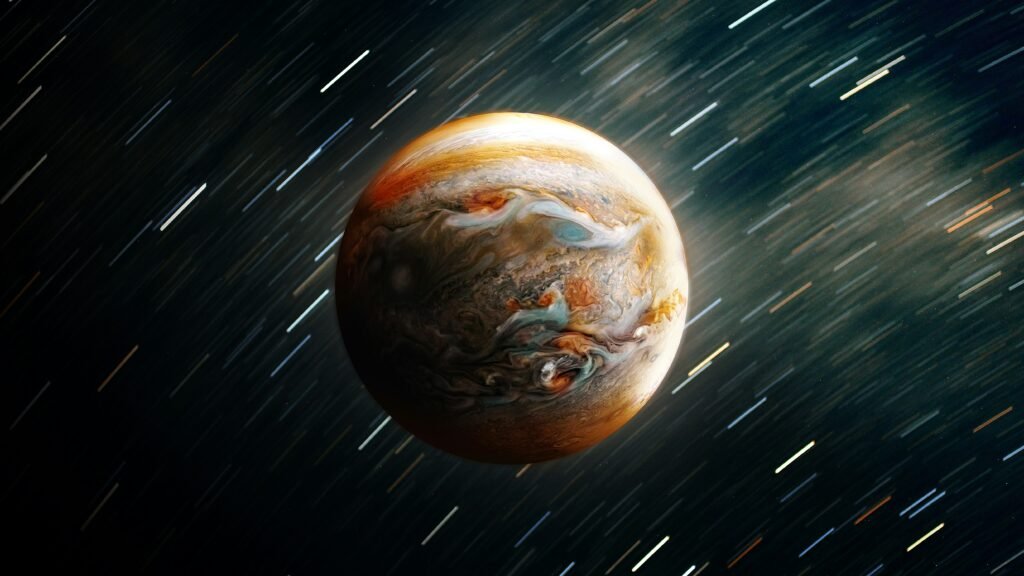
We live in what many call the space age, a time when humans have sent satellites, rovers, and even astronauts into space. Space tourism, Moon missions, and Mars colonization are no longer science fiction. But with these exciting developments come major challenges.
This article explores the challenges of the space age, including cost, technological hurdles, health risks, and environmental concerns.
The Promise of the Space Age

The space age began in 1957 when the Soviet Union launched Sputnik, the first artificial satellite. Since then, space has changed the world. We now rely on satellites for GPS, internet, weather forecasting, and international communication.
Countries like the US and the UK are investing in space exploration more than ever before. Agencies like NASA and private companies like SpaceX are planning missions to the Moon, Mars, and beyond.
But as we move deeper into space, we must ask: What are the real obstacles? What must we solve before humans can safely live and work in space?
1. High Costs and Limited Budgets

One of the biggest challenges of the space age is money. Space exploration is expensive. Building rockets, launching satellites, training astronauts, and creating life-support systems costs billions of dollars.
Private companies can help reduce costs with reusable rockets, but even then, a single mission can take years of planning and millions in funding.
Governments in the US and UK are increasing support for space programs, but they must balance spending between space and other public needs like health, education, and climate action.
2. Technological Limitations

Technology has improved, but many systems are still in early stages. Long-distance communication, energy supply, and space travel all have limits.
For example, sending a message from Mars to Earth can take up to 22 minutes. That delay makes real-time control of equipment nearly impossible. People who follow space exploration news know that even small changes in design or software can make or break a mission.
3. Health Risks to Astronauts
Human bodies are not designed for space. In zero gravity, muscles weaken, bones become thin, and body fluids shift. Astronauts must exercise daily just to stay healthy.
Radiation is another major threat. Space lacks the Earth's atmosphere, so astronauts are exposed to more cosmic radiation. Long missions like a trip to Mars could raise the risk of cancer or damage internal organs.
Scientists are testing new shielding materials, medicines, and fitness tools, but health remains a serious concern.
4. Space Debris and Traffic
As more countries and companies launch satellites, space is becoming crowded. Over 30,000 pieces of space debris — including broken satellites and rocket parts — now orbit Earth. These objects travel at high speeds and can damage working satellites or even hit a space station.
Cleaning up space junk is hard. New rules and technology are needed to manage traffic and keep Earth's orbit safe. This is a global issue that requires cooperation between all spacefaring nations.
5. Environmental Impact on Earth
While space travel inspires wonder, it also has a carbon footprint. Rocket launches release gases and particles that can harm Earth’s atmosphere. The production of spacecraft uses rare metals and lots of energy.
As the space industry grows, more attention is being paid to eco-friendly space tech. Scientists and engineers are exploring reusable rockets and cleaner fuels. Still, balancing space progress with environmental care remains a challenge.
6. Ethics and Ownership in Space
Who owns the Moon? Who can mine asteroids? These are not just questions for sci-fi movies — they’re real concerns today. As private companies explore space, laws must be made about ownership, mining rights, and military use of space.
Right now, treaties like the Outer Space Treaty say that space belongs to all humanity. But new situations, like space tourism and asteroid mining, are testing these rules.
7. Access and Inequality
Space has the power to bring people together, but also the risk of leaving some behind. So far, only a few countries and rich companies have access to space. That means others might miss out on the benefits of space exploration.
New programs are trying to change this by supporting students, scientists, and engineers from developing countries.
8. Future Exploration Challenges
As we prepare for missions to Mars and beyond, new challenges appear:
- How do we land heavy equipment on Mars?
- How do we grow food in space?
- Can we survive long-term without Earth’s support?
Missions in the 2030s and 2040s will test new ideas and tech that are being developed today.
The Role of NASA and Global Partnerships
NASA remains one of the world’s top leaders in space exploration. It works with the UK Space Agency, the European Space Agency (ESA), and private companies to share knowledge and resources.
This teamwork helps solve big problems faster. Shared space missions save money and let each country focus on what it does best.
Why Keep Exploring Space?
Even with all these problems, we should not stop exploring space. Why?
- It creates new jobs and industries
- It inspires science, math, and engineering education
- It helps us understand Earth’s climate
- It offers hope for future survival
Most importantly, space exploration helps us dream. It pushes the limits of what humans can do. That’s why it remains an evergreen topic and why we must keep going — together.
Conclusion
The space age is full of wonder, but it also comes with real problems. From money and technology to health and ethics, the challenges of the space age are many.
But each space age challenge is also a chance to grow, learn, and improve. With continued support from the US, UK, NASA, and others, and with public interest and education, we can face these problems and build a brighter future among the stars.








